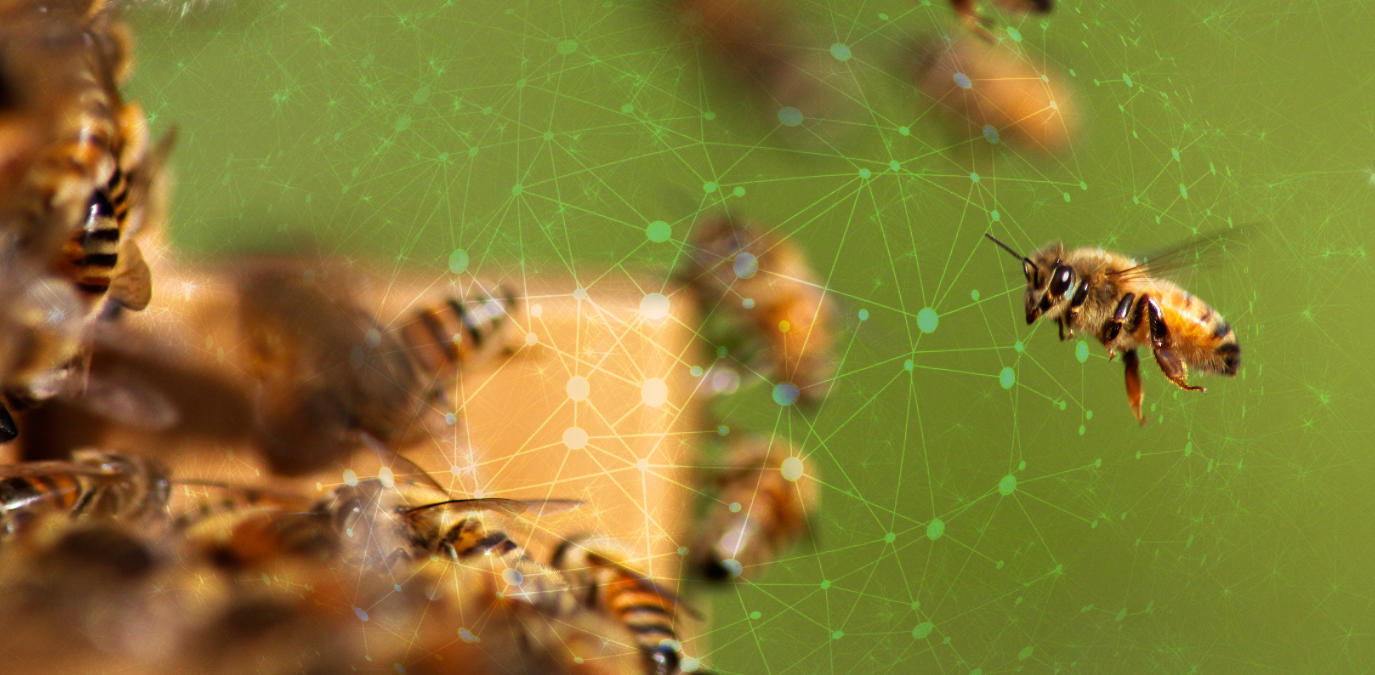
Bees usually show up to picnics as uninvited guests, but given that they’re actually responsible for producing a lot of the food on the table, they actually have some right to be there. They’re dying in record numbers, though, which could dramatically reduce the nutritional value of your average picnic. Our food security is directly tied to the continued existence of bees, which is why there are many people working to save them or, less optimally, replace them with robots. Hive monitors are sending colony vital signs to databases where machine learning can be applied and automatic alerts set up, and new generations of tiny pollinator drones are in the works as insurance against a potential worst-case scenario.
Save the bees: IoT hive monitors
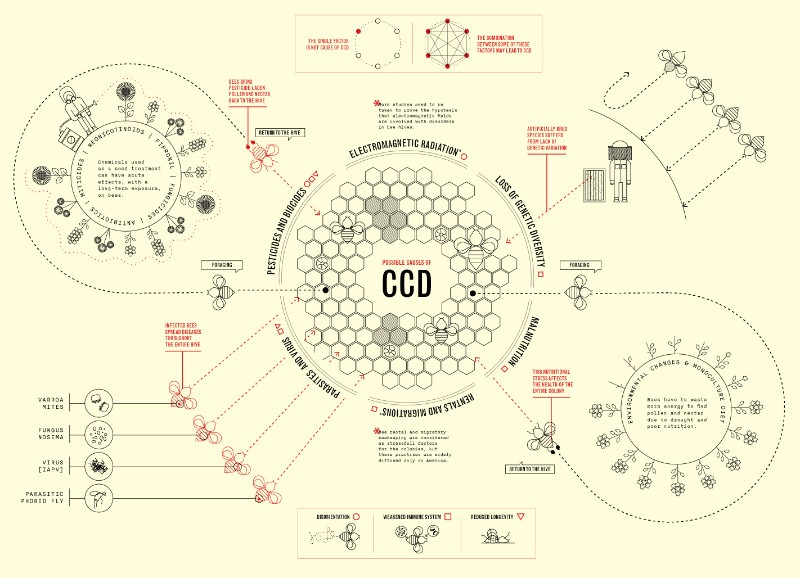
No root cause of colony collapse disorder has emerged as of yet, so the current consensus is that factors like neonicotinoid pesticides, parasites, starvation, decreasing biodiversity, changing beekeeping practices, and others may all be contributing in their own ways. This makes it difficult to address the root cause of the problem, so monitoring hives and taking steps to save them if they start having issues is one of the best solutions currently available to beekeepers.
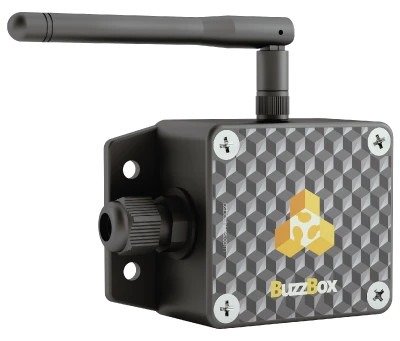
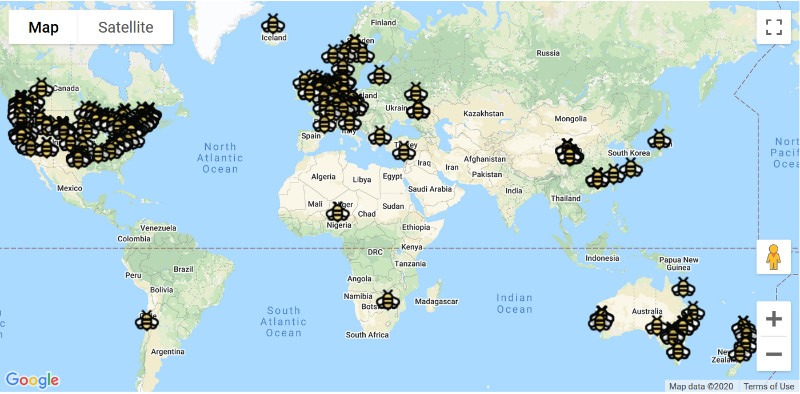
However, given the large scale of many beekeeping operations and the remote locations of many hives, manually keeping tabs on hives is difficult and time-consuming. From April 2018 through April 2019, the University of Maryland nonprofit Bee Informed reported that U.S. beekeepers lost around 40.7 percent of their colonies, which is a bit more than the 38.7 percent average. Winter losses, however, were 8.9 percentage points higher than average and the highest in the survey’s 13-year history. This isn’t just a one-time thing – colony collapses have been on an upward trend for a long time now.
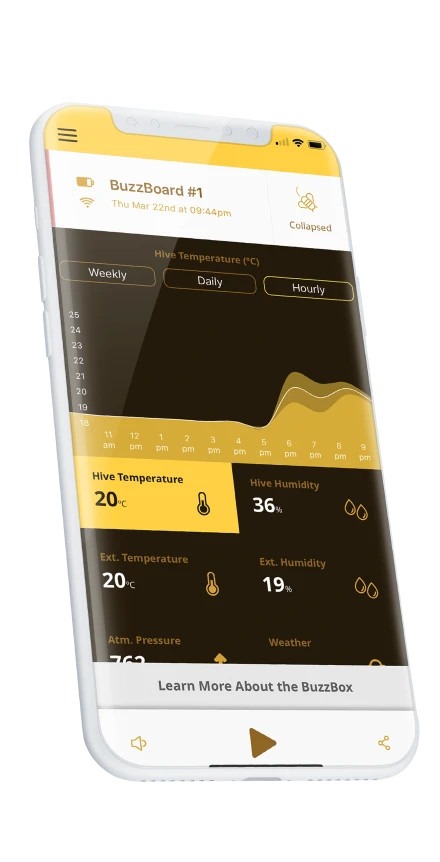
Internet-connected hive monitors make keeping tabs on bee colonies a lot more feasible, however, and are becoming quite popular on the beekeeping scene. These devices are installed inside the hives and can measure stats like temperature, hive weight, humidity, and even bees’ buzzing sounds and their leaving and arrival times. Having all of these stats available on a dashboard allows beekeepers to keep track of hive health and receive alerts when one of their colonies starts behaving abnormally. Actually going in, finding out what the problem is, and fixing it is still up to the apiarist, but having sufficient early warning can be a big help in keeping a bee population healthy.
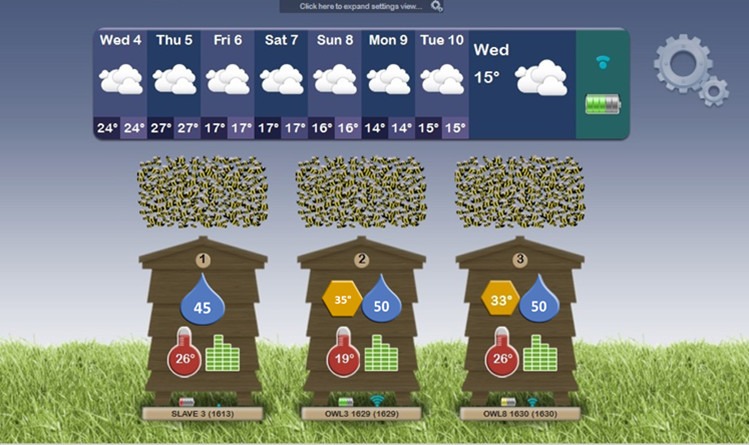
OSBeeHives makes solar-powered hive monitors that can measure standard indicators like temperature, humidity, and movement as well as analyze audio signals. The audio can actually tell the beekeeper some pretty detailed information about the bees, including whether the queen is missing, if the bees are swarming, or even if the colony is currently collapsing. Even better, their software and hardware is open source, meaning anyone can build and use it without buying the premade products (though they have that option as well). It connects using short-range Wi-Fi by default but can also be configured to use cell networks.
Irish startup ApisProtect also makes sensors that can be installed in hives, though theirs are connected via far-reaching LoRaWAN signals and satellite networks. The vital signs they gather from hives are sent to servers for analytics processing using techniques like machine learning to sort through the data and figure out which signals most strongly predict a potential colony collapse and provide beekeepers with up-to-date colony data and warnings.
Then there’s Pollenity, which not only records temperature and humidity data but also analyzes the sounds the bees are making to provide yet another measure of colony health. They’ve even teamed up with a cryptocurrency called BuzzCoin to reward sustainable beekeeping practices.
And there’s no shortage of other startups getting in on this:
- The Bee Corp uses LTE-M-connected sensors that provide data on temperature and hive movement and even stream infrared camera images of the inside of the hive to help estimate colony health and size.
- Hivemind uses satellite hubs to send a wide variety of hive data long distance.
- Arnia tracks temperature, humidity, hive weight, bee counts, and weather conditions.
- HiveGenie measures bee trips, bee counts, hive location, temperature, humidity, CO2, weather, and weight, making it fairly comprehensive.
- Broodminder is a fairly inexpensive solution usable via smartphone and Bluetooth.
- ModuSense can track bee activity down to knowing what time of day they leave and what time of day they return.
- EyesOnHives uses cameras and machine learning to track colony health and provide alerts if it notices anything unusual.
- IoBee is working to install hive monitors across Europe in conjunction with governments and partners.
Replace the bees: robotic pollinators
Of course, the first thing we should be doing is trying to make sure the bees don’t die in the first place. They do a lot of pollination basically for free (unless you’re paying to have them trucked out) and even produce honey as a bonus. Replacing trillions of bees with tiny flying robots would be difficult, expensive, and probably far inferior to the finely-tuned biological machines who have been improving their pollination technique since the Early Cretaceous.
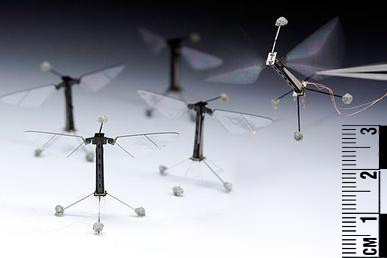
However, in the event that we can’t keep the bee population viable, those tiny robots could be the key to keeping our food production going. That’s one reason a research team at Harvard’s Wyss Institute created the RoboBee, a flying robot weighing in at less than one-tenth of a gram and measuring just half the size of a paper clip. They’re autonomous but can be networked into a colony of bees that can act as a cohesive unit. If you’re not sure whether to be amazed or terrified at that idea, the answer is “Yes.”
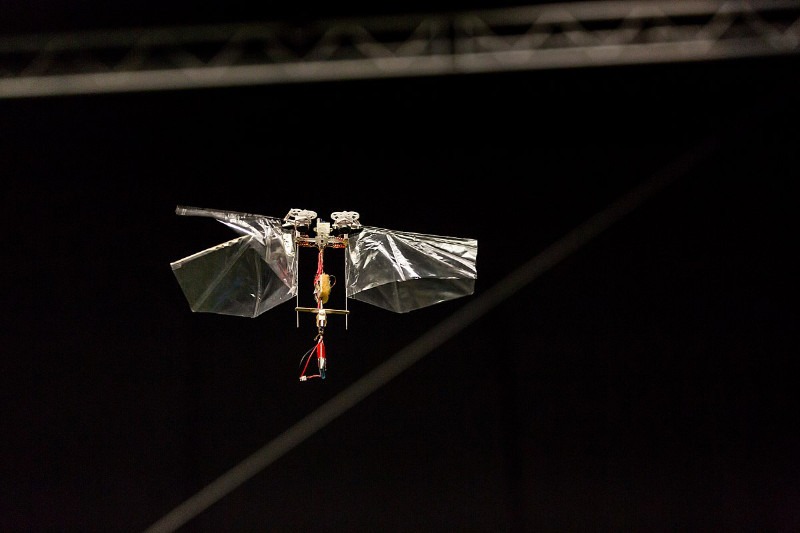
Harvard’s project can theoretically be used for artificial pollination, but it’s also targeting things like search and rescue, surveillance, and weather monitoring. Likewise, the DelFly, created by researchers at the University of Delft in the Netherlands, has a lot of potential applications. While it’s quite a bit larger than the RoboBee, a bit more like a dragonfly, it’s highly maneuverable and not overly complex to manufacture.
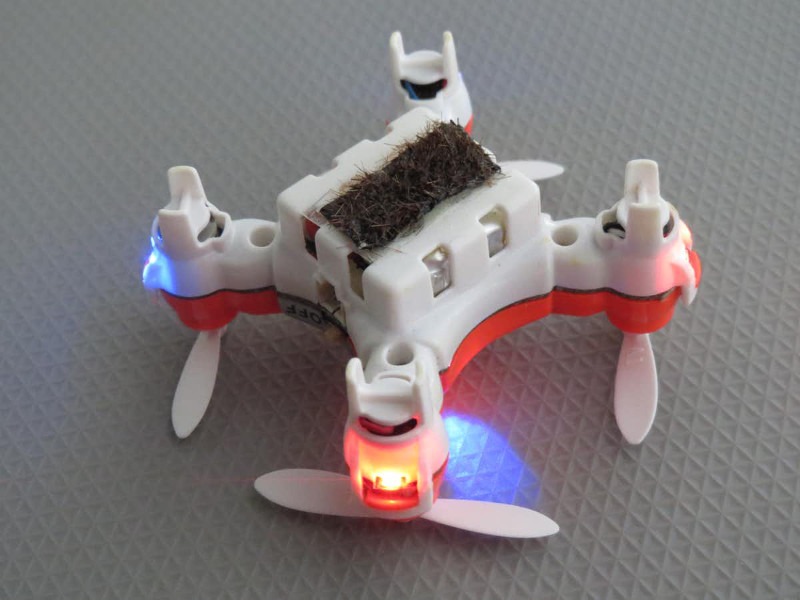
The bee, created by Eijiro Miyako of Japan’s National Institute of Advanced Industrial Science and Technology, though, is specifically created to be a pollinator. It uses horsehair bristles and an ionic gel to transport pollen between plants. The breakthrough here actually wasn’t the drone – they used a manually controlled off-the-shelf drone – but rather the ionic gel, which can retain its adhesive power for a long time. This gel, combined with a more cost-effective and autonomous drone, could play a big part in future artificial pollination efforts.
Other robotic bee projects include:
- The B-Droid, created at the University of Warsaw, comes in both a wheeled and a flying version and includes the software necessary to find flowers and plot routes autonomously.
- The BrambleBee, from West Virginia University, is a ground-based robot that can pollinate blackberry bushes using lidar to create a map, plan a route, and brush pollen onto the plants.
- The Bee Plus robot from the University of Southern California, which improves on the original RoboBee by using a separate actuator for each of the four wings.
Bees or Black Mirror?
Hive monitors may end up doing a lot to save the world’s bee population, as they’ll help us identify issues and help at-risk colonies before the collapse. If the Internet of Bees doesn’t work out, though, there is indeed a chance that the Black Mirror episode featuring killer robotic bee pollinators may become at least 50 percent true. None of the bots currently in the works look like they have it in them to take down a human, but just in case, it’s probably best that we focus on keeping our biological bees alive for now.
Image credits: OSBeeHives, Arnia Hive View, RoboBees, DelFly, Possible Causes of Colony Collapse







